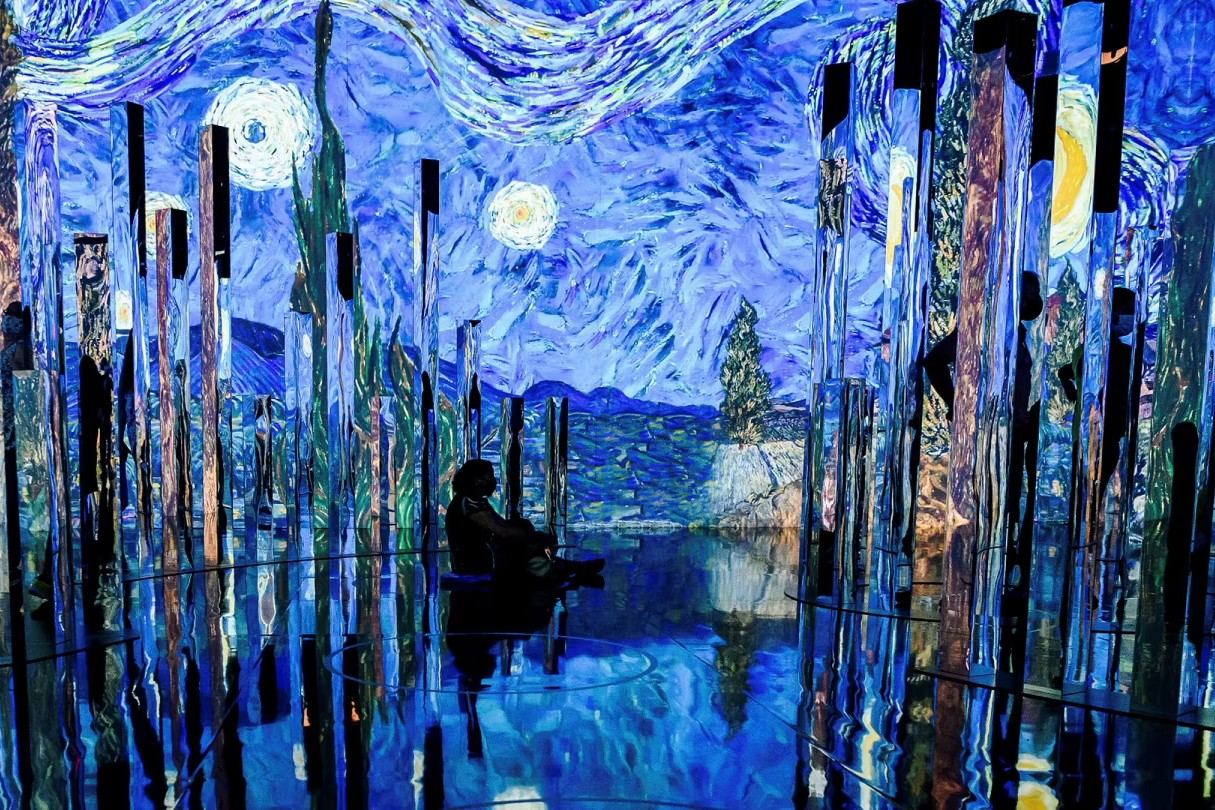
Immersive technology is transforming how we experience the world. But what exactly is it? Immersive technology refers to tools like virtual reality (VR), augmented reality (AR), and mixed reality (MR) that blend the physical and digital worlds. These technologies create experiences that make you feel like you're part of a different environment. Imagine walking through ancient Rome, playing a game where characters pop out of your living room walls, or designing a car in 3D space. Immersive technology isn't just for fun; it's used in education, healthcare, and even training astronauts. Ready to learn more? Here are 32 facts that will blow your mind!
What is Immersive Technology?
Immersive technology is changing how we experience the world. It blends the physical and digital realms, creating new ways to interact with information and environments.
- Virtual Reality (VR) creates a fully digital environment that users can explore and interact with using special headsets.
- Augmented Reality (AR) overlays digital information on the real world, often through smartphones or AR glasses.
- Mixed Reality (MR) combines elements of both VR and AR, allowing digital and physical objects to interact in real-time.
- Extended Reality (XR) is an umbrella term that includes VR, AR, and MR technologies.
How Immersive Technology Works
Understanding the mechanics behind immersive technology can help appreciate its potential.
- Head-Mounted Displays (HMDs) are devices worn on the head that provide a visual and auditory immersive experience.
- Motion Tracking uses sensors to detect the user's movements, allowing for real-time interaction with the virtual environment.
- Haptic Feedback provides tactile sensations, making virtual interactions feel more real.
- Spatial Audio creates 3D soundscapes, enhancing the sense of presence in a virtual environment.
Applications of Immersive Technology
Immersive technology isn't just for gaming. It has practical applications across various fields.
- Education uses VR and AR to create interactive learning experiences, making complex subjects easier to understand.
- Healthcare employs VR for pain management, physical therapy, and medical training simulations.
- Real Estate offers virtual tours of properties, allowing potential buyers to explore homes without being there physically.
- Retail uses AR to let customers try on clothes or see how furniture looks in their homes before purchasing.
- Entertainment provides new ways to experience movies, concerts, and video games.
Benefits of Immersive Technology
The advantages of immersive technology extend beyond just fun and games.
- Enhanced Learning through interactive and engaging educational tools.
- Improved Training by simulating real-world scenarios in a safe environment.
- Increased Accessibility for people with disabilities, offering new ways to interact with the world.
- Better Customer Experience by providing personalized and interactive shopping experiences.
Challenges and Limitations
Despite its potential, immersive technology faces several hurdles.
- High Costs for developing and purchasing immersive technology equipment.
- Technical Limitations such as low resolution, latency issues, and limited battery life.
- Health Concerns including motion sickness and eye strain from prolonged use.
- Privacy Issues related to the collection and use of personal data in immersive environments.
Future of Immersive Technology
The future looks promising as technology continues to evolve.
- 5G Networks will provide faster and more reliable connections, enhancing the immersive experience.
- AI Integration will make virtual environments more responsive and intelligent.
- Wearable Tech advancements will lead to more comfortable and user-friendly devices.
- Content Creation tools will become more accessible, allowing more people to create immersive experiences.
Fun Facts about Immersive Technology
Here are some interesting tidbits about this fascinating field.
- First VR Headset was created in 1968 by Ivan Sutherland and his student Bob Sproull.
- Pokemon Go is one of the most popular AR games, with over 1 billion downloads.
- VR Therapy has been used to treat PTSD in veterans.
- Virtual Concerts have been attended by millions, with artists like Travis Scott performing in Fortnite.
- AR Navigation is being used in cars to provide real-time directions and information.
- VR Tourism allows people to visit famous landmarks and destinations without leaving their homes.
- AR Art is being used by artists to create interactive and dynamic pieces that change based on the viewer's perspective.
The Final Word on Immersive Experiences
Immersive experiences are changing how we interact with the world. From virtual reality to augmented reality, these technologies offer new ways to learn, play, and connect. They’re not just for gamers anymore; education, healthcare, and even retail are getting in on the action. Imagine walking through a historical event or trying on clothes without leaving your home. These experiences make that possible. They also offer a unique way to train employees or treat patients. As tech keeps advancing, expect even more mind-blowing applications. So, whether you’re a tech enthusiast or just curious, keep an eye on this space. It’s not just the future; it’s happening now. Dive in and see how immersive experiences can enrich your life.
Was this page helpful?
Our commitment to delivering trustworthy and engaging content is at the heart of what we do. Each fact on our site is contributed by real users like you, bringing a wealth of diverse insights and information. To ensure the highest standards of accuracy and reliability, our dedicated editors meticulously review each submission. This process guarantees that the facts we share are not only fascinating but also credible. Trust in our commitment to quality and authenticity as you explore and learn with us.
